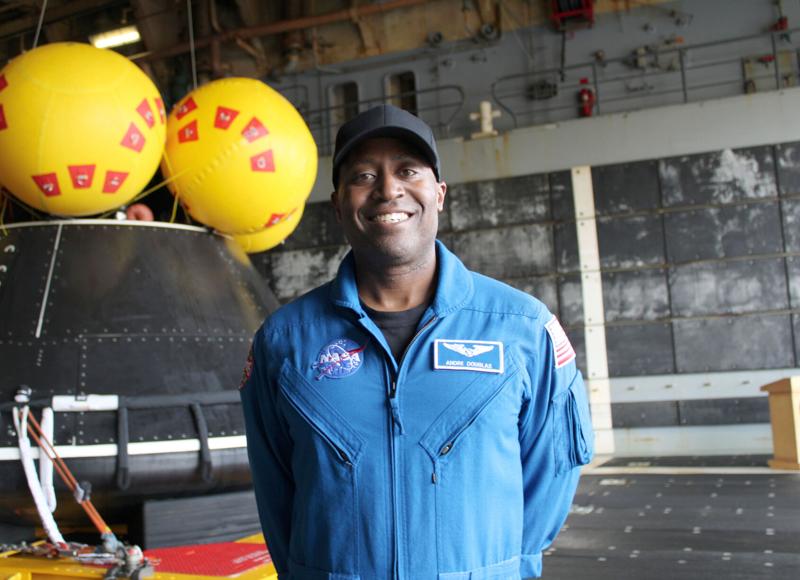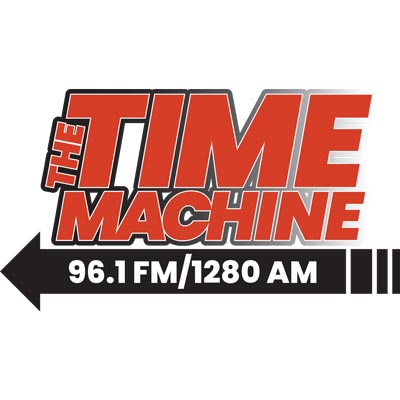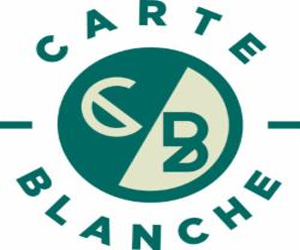Andre Douglas didn’t get picked to go to the moon, but he’ll still get a moment that’s out of this world.
Next year, Douglas from NASA and fellow backup astronaut Jenni Gibbons from the Canadian Space Agency will be in the Orion capsule on top of the powerful Space Launch System rocket at Cape Canaveral. They will strap in the Artemis II crew and close the hatch as the last people NASA astronauts Reid Wiseman, Victor Glover, Christina Koch and Canadian Space Agency astronaut Jeremy Hansen will see before heading toward the first crewed orbit of the moon since 1972.
“I feel that’s a pretty big honor. I train side by side with them. I’m the one they trust to strap them in,” Douglas, 38, told The Center Square, smiling as he stood in front of a mockup of the Orion capsule on the well deck of the USS Somerset, an amphibious transport dock ship at Naval Base San Diego.
He was there with fellow astronauts Stan Love, Deniz Burnham and Luca Parmitano during a news conference, which the Navy held to explain its preparations for the recovery of the Orion capsule when it splashes down in the Pacific Ocean.
During the Apollo missions, helicopters were used to pick up both capsules and astronauts and place them on ships. The Artemis II capsule instead will be towed by small boats through the sea and onto the flooded well deck on a craft originally designed to transport Marines, said Navy Capt. Andy Koy, commanding officer of the USS Somerset.
A vessel from the same class as the Somerset will be used to retrieve the capsule and its crew, Koy told The Center Square.
Before the press conference Monday, the Somerset completed Underway Recovery Test 12, a practice run at retrieving the capsule. The ship went off the coast of San Diego and retrieved the mockup capsule and personnel pretending to be astronauts for the drill.
“When I found we were tasked to help support Artemis II, my crew was excited,” Koy said. “Normally we talk about launching and recovering Marines, but an opportunity to help the space program is once in a lifetime.”
When Artemis II splashes down next year, Navy divers will approach the craft, open the hatch and help the astronauts to exit onto an inflatable “front porch,” from which they will be lifted by a helicopter to the transport dock ship. The plan is to recover the astronauts and the capsule within two hours.
Somerset is a multi-mission ship, complete with medical facilities and a full surgical staff, Koy said. “Back in the 1960s, it would have taken a couple ships to do what this one ship can do.”
Glover, one of the Artemis II astronauts and a U.S. Navy captain, embarked the USS Somerset for Underway Recovery Test 12. “This puts my two loves together, space and the Navy. I am really in my happy place here,” he said in a Naval Base San Diego news release.
In 2022, Artemis I, the test flight with an uncrewed Orion craft orbiting the moon, performed beyond expectations, Love told The Center Square. The 57-year-old astronaut served as a CapCom, the person in Mission Control at the Johnson Space Center in Houston who communicates with the astronauts, for the mission even though there wasn’t anyone aboard. It was a practice for Artemis II, during which Love will be the lead CapCom communicating with the crew as they head to the moon, orbit it and return to Earth.
“Ten days into Artemis I, people were trolling the halls of the Johnson Space Center, banging on doors, looking for more things we could test on that spacecraft because it passed all its planned tests with flying colors,” said Love, who served on a 2008 space shuttle Atlantis mission to the International Space Station. “We came up with a dozen or more brand new tests we could perform on that spacecraft.”
The computers used during the Artemis II mission will be much more sophisticated than those during the Apollo missions in the 1960s and ‘70s, Love said.
But engines and thrusters haven’t changed much since the day Neil Armstrong became the first astronaut to step on the moon, Love said. “In some areas, we’ve made incredible leaps. In some areas, we’re still in 1969.”
The four astronauts on the Orion craft will have a cramped voyage, as did the three astronauts on each Apollo mission, Love said, looking at the mockup capsule near him. “Apollo was about 4 meters in diameter. We’re about 5 meters in diameter.”
Reasons for returning to the moon include science, engineering and the continuation of NASA’s successful collaboration with international partners, Love said.
“The real reason is it’s really cool,” he said with a grin.
Love added that scientists can learn a lot about Earth by going to the moon, which, according to theory, was formed from the planet’s mantle.
Pieces of the mantle can’t be retrieved on Earth, but 4-million-year-old rocks are lying around on the moon, Love said.
Douglas told The Center Square that going back to the moon is a necessary stepping stone before NASA sends astronauts to Mars. He gestured with his hands as he talked excitedly about future elements of the Artemis program such as the Gateway Space Station, which will be placed in the moon’s orbit. Plans also call for a lunar base.
“We’ll figure out how to do things in microgravity and very low gravity,” Douglas said.
Artemis III in 2027 will bring astronauts onto the moon, this time not in the Sea of Tranquility, the site near the moon’s equator where Apollo 11 landed, but on the South Pole, where Douglas said sunlight will be constant.
“It’s a new challenge,” the astronaut said with another big grin.






